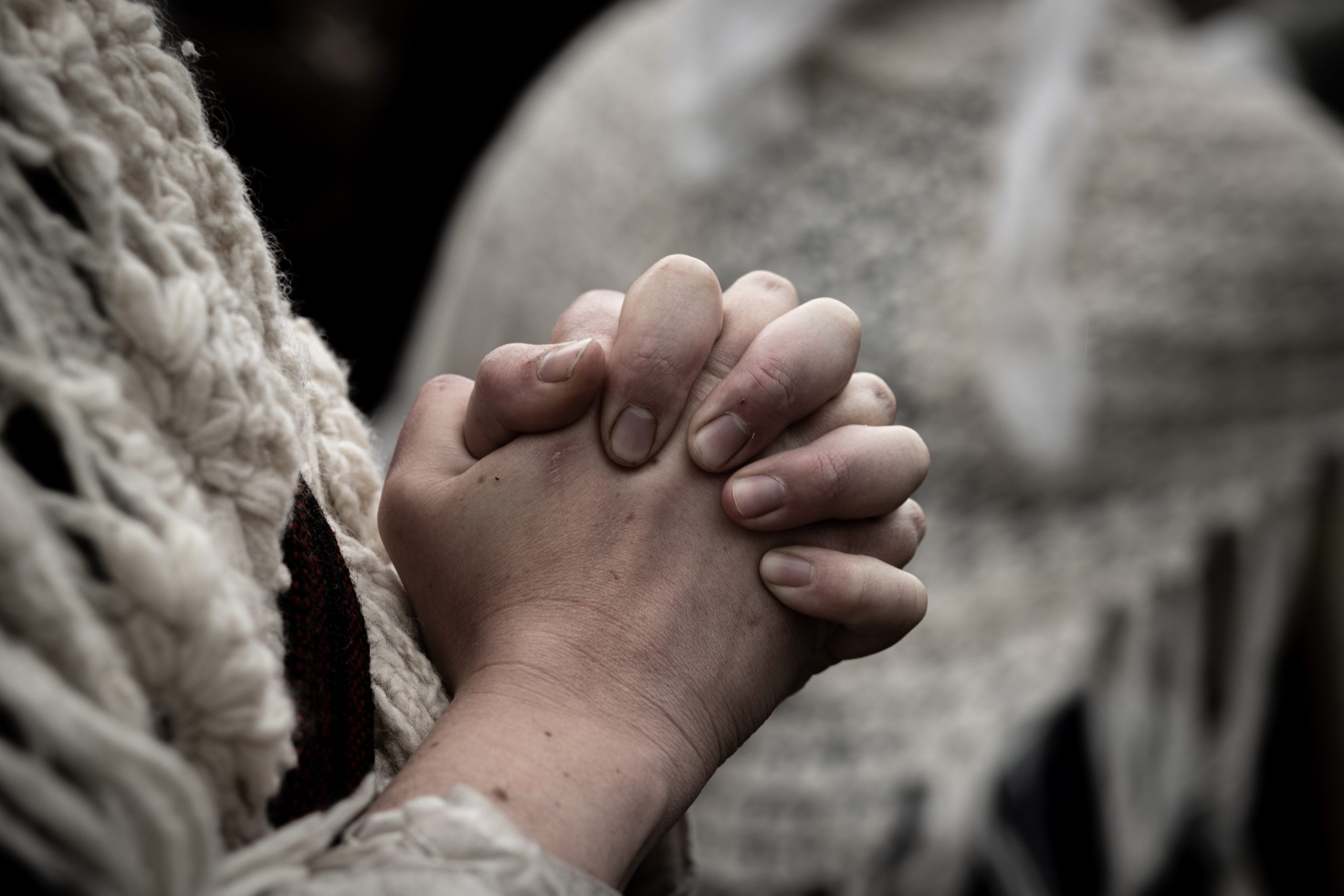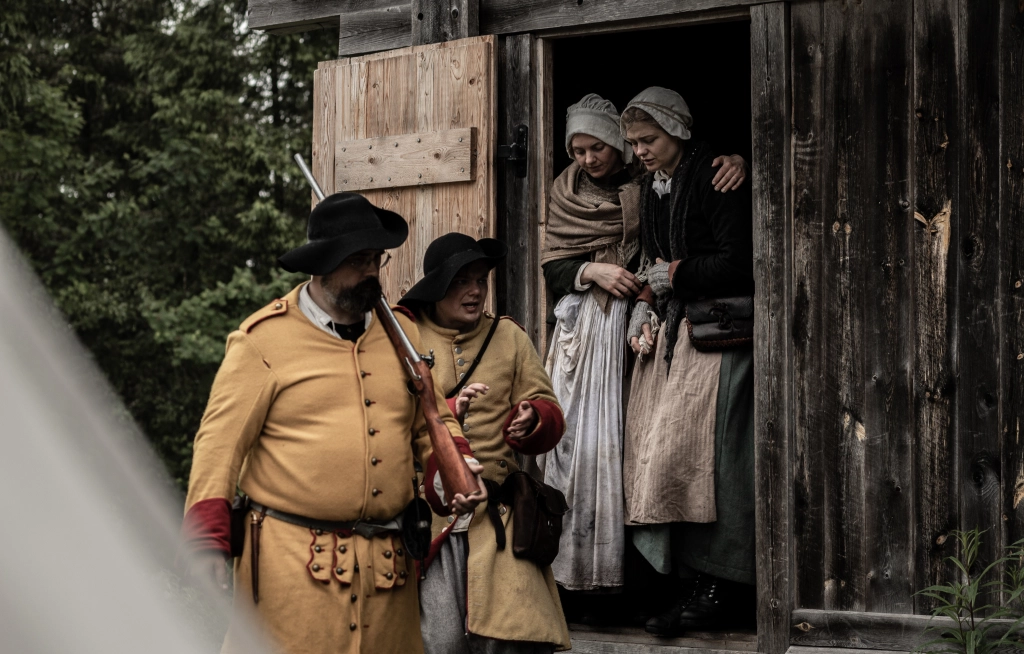Tag: Snapphaneland
-

Christianity is an Immersion Closet
“Never, before the recent re-run of the larp Snapphaneland, had I had religious play as deeply immersive and moving.”
-

Snapphaneland
I’m back from waging guerrilla warfare from deep in the Swedish woods, desperately trying to keep Scania under the rightful Danish King and not the usurper Swedish crown…